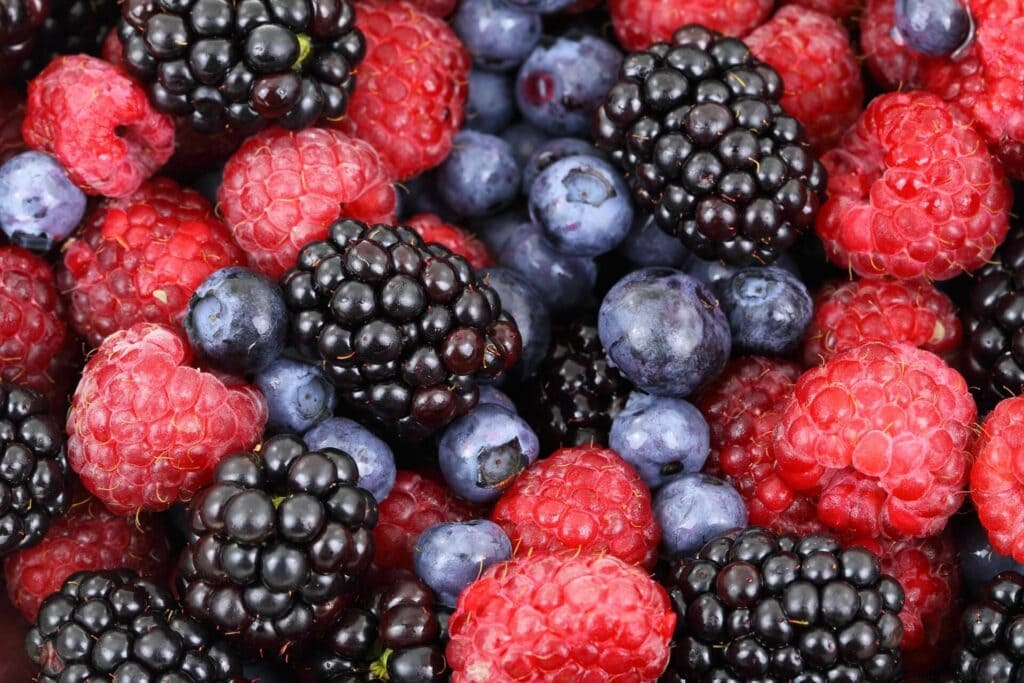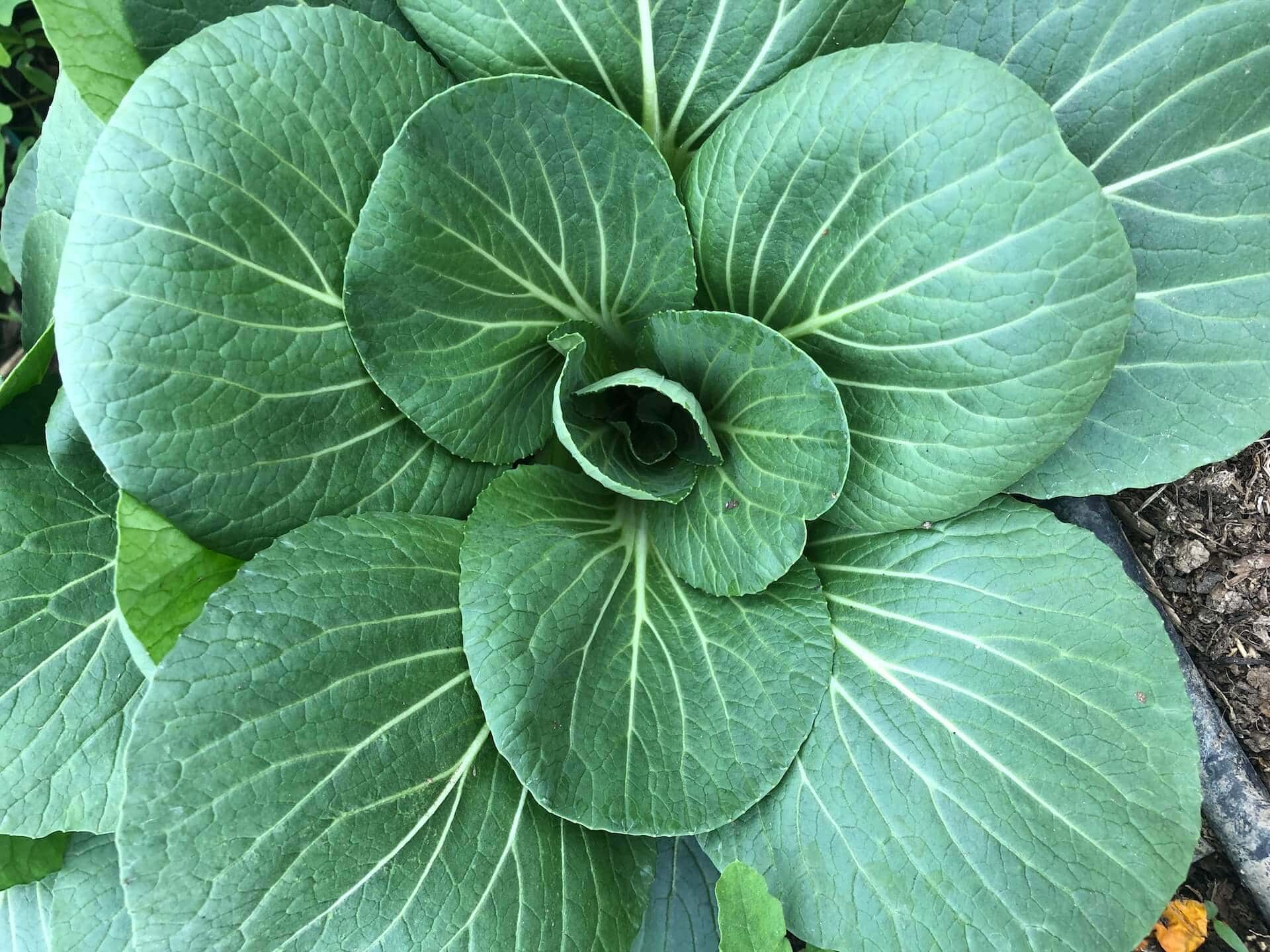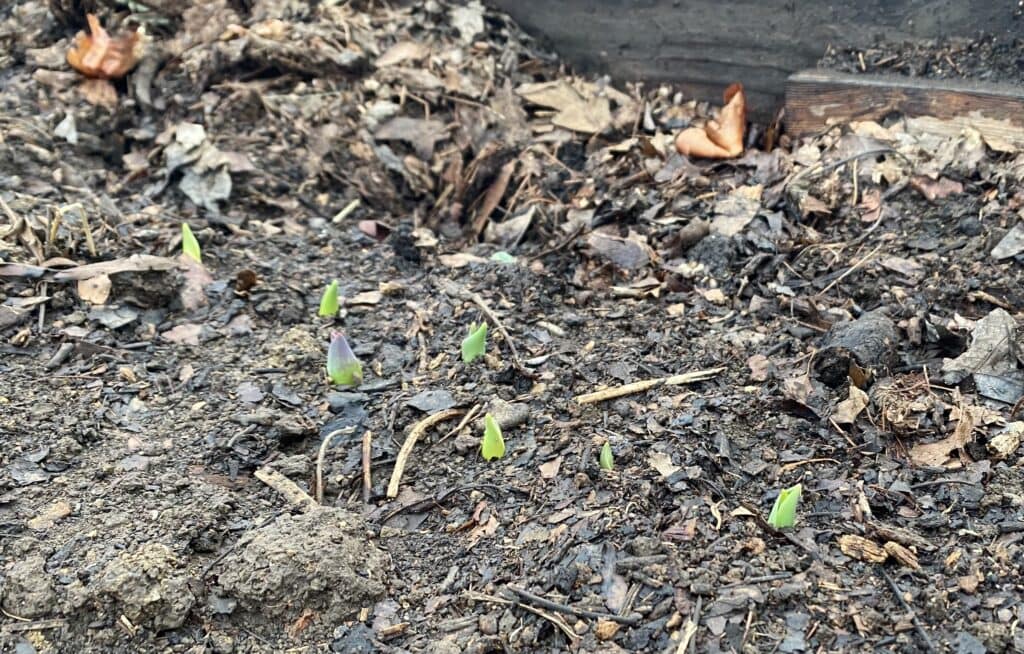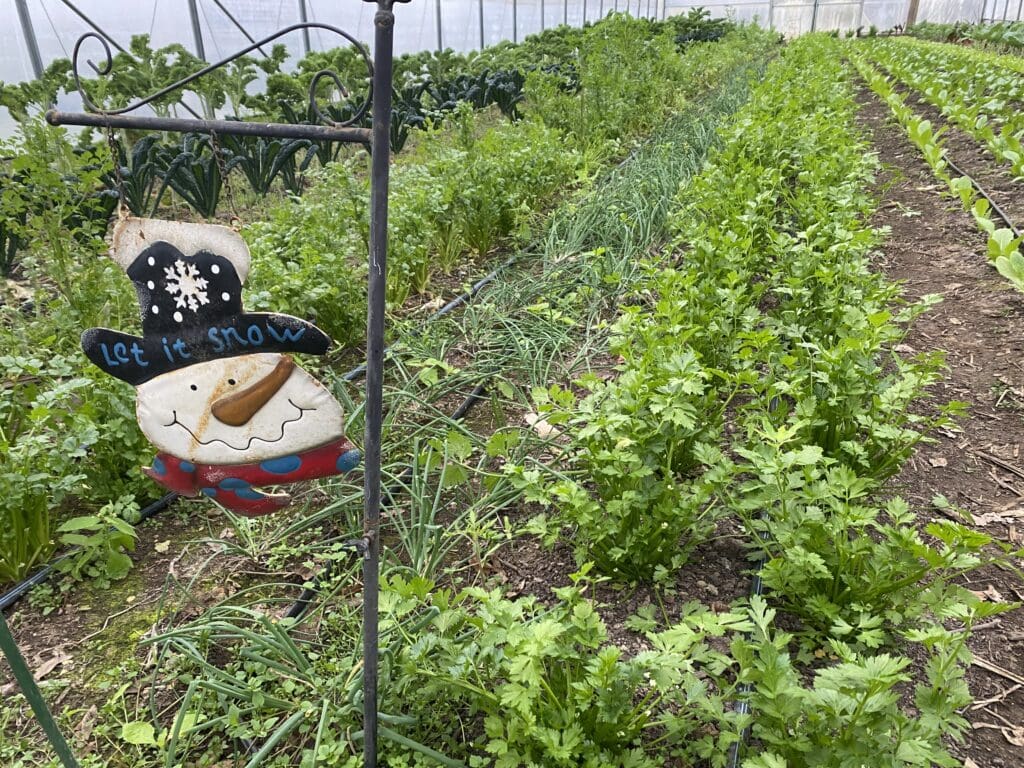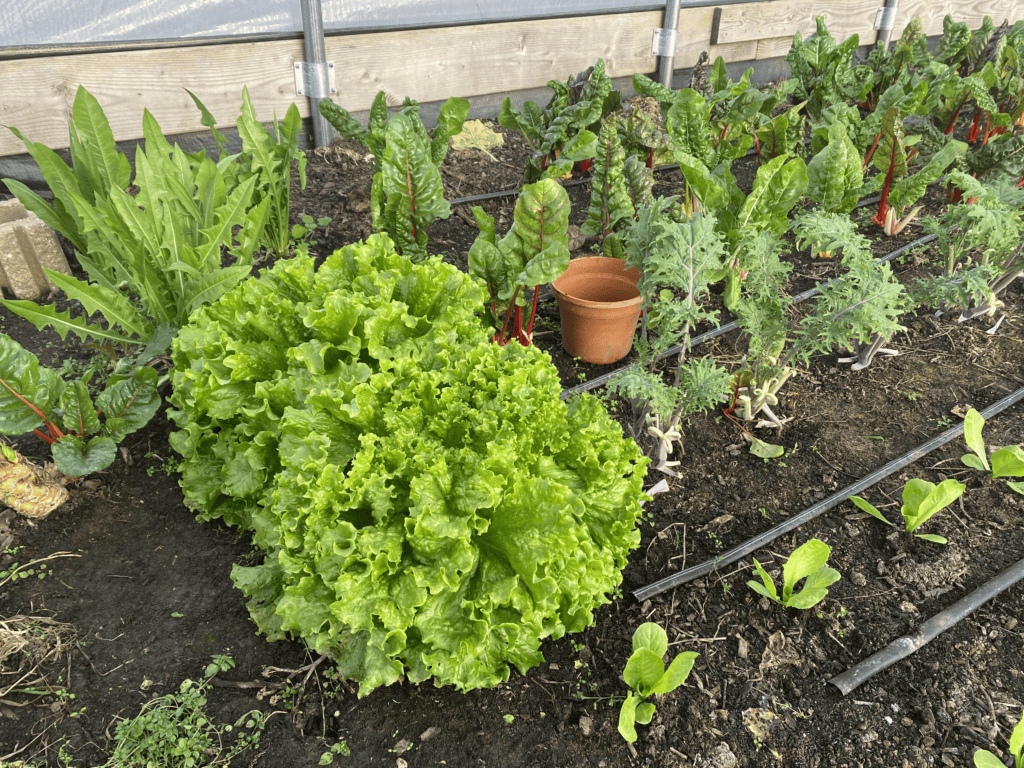This post may contain affiliate links. Probably doesn’t, but it might. It doesn’t cost you anything extra but if you use these links to buy something, we may earn a commission.
Using everything in your Community Supported Agriculture is a top priority for most members. No one wants a science experiment in the back of the refrigerator, covered with mold and defying identification. You want to eat all those great vegetables and enjoy the flavor and nutrients, but sometimes it feels as if the week gets away from you. It can take a few seasons before you find your rhythm of how to use all the produce. Be patient—you can do this!
Here are five quick steps that can help you keep all of your produce fresh.
Table of Contents
Plan ahead
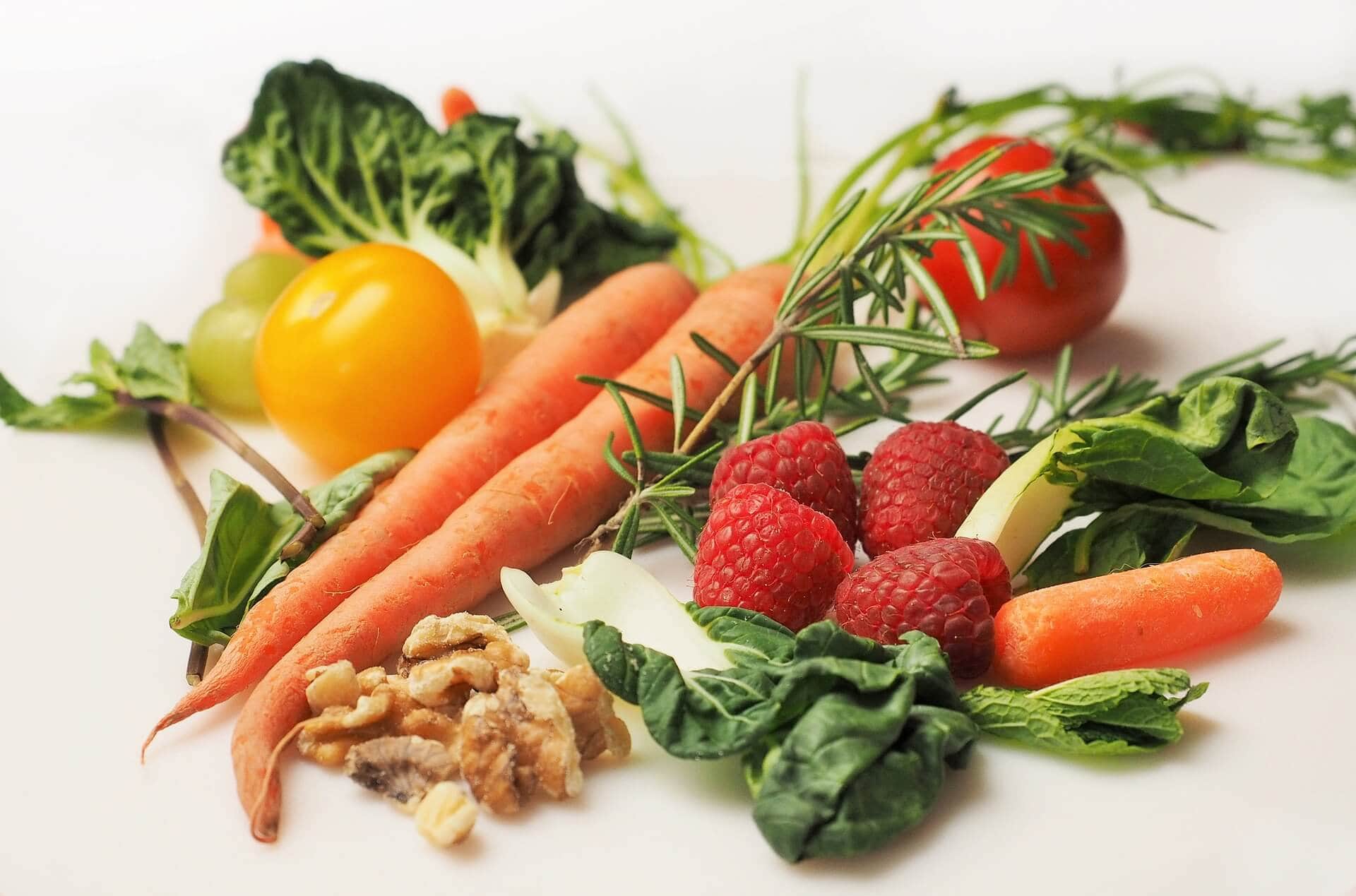
If you get a list of what is in your weekly share before you pick up, that’s helpful to making some plans. Take the time to look at what’s in the box and consider how you will use the different items. If recipes don’t immediately spring to mind, see if your farm has some recipes to suggest. If your farm has a CSA Members Facebook group, ask there. I have found the CSA members to be very helpful about sharing recipes and ideas. Plan to use first the vegetables that do not store as long, usually your lettuces, arugula, berries. Potatoes, onions, cabbage, or winter squash can all wait.
What if there is something that is brand new to you? Ask! Ask the farmer, ask a fellow CSA member—how will you find out if you do not ask?
Store your produce properly
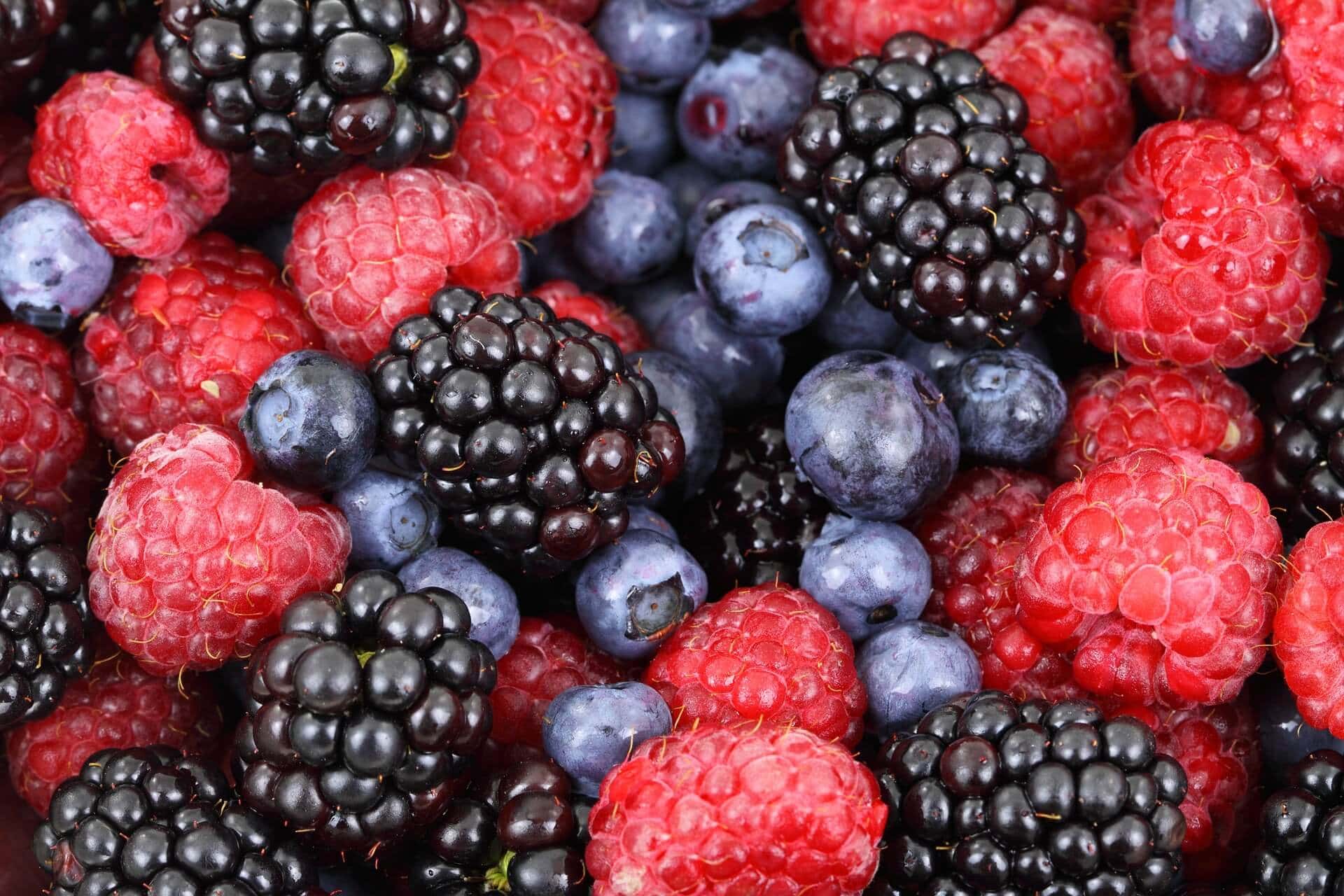
While I wish I could say, “put everything in the refrigerator,” it’s not that easy. All leafy greens definitely need to be refrigerated. Make sure the greens are thoroughly dry before storing in any container. If the greens get a bit limp, soak in some ice water for 10-15 minutes, and they will revive very nicely. Potatoes and onions need to be stored in the dark between 50-60F. Sunlight will cause them to sprout and heat will cause them to wither. Brassicas such as broccoli, cauliflower, and cabbage can be stored in the refrigerator, either wrapped in a plastic bag or in an air tight container. The heads can develop some yellow spots if they sit in storage too long, but the vegetables are still edible. Be sure to look up the best ways to store your produce to ensure maximum flavor and freshness.
Fruit (except bananas) should be refrigerated for maximum storage. If you like your fruit at room temperature, then take it out of the refrigerator about two hours before you will be ready to eat. Even bananas can be refrigerated if hey are at the level of ripeness that you want; the skin will turn black but the banana remains the same. Nearly all fruit will continue to ripen even in the refrigerator. Small fruit such as berries should always be refrigerated; do not wash until right before consuming. Even small amounts of moisture can speed up the production of fuzzy mold on fruit.
Cook creatively

You don’t have to stick to the same recipes every week. Check out recipe suggestions from the farmer or your fellow CSA members. Experiment with different flavor combinations and see what a difference using fresh herbs can make. One of the reasons you are eating the CSA way is to expand your food repertoire. Try something new! You can also cook in batches, making several meals at a time. Then you only need a few minutes to heat up the side dish or entrée the next day or serve as part of a salad.
It’s also great to make cooking a family activity. Let the kids help, get your partner to assist. Even if it is messier than you cooking yourself, it helps everyone get interested in what’s happening. When people help prepare a meal, they are more vested in eating it.
Preserve excess produce
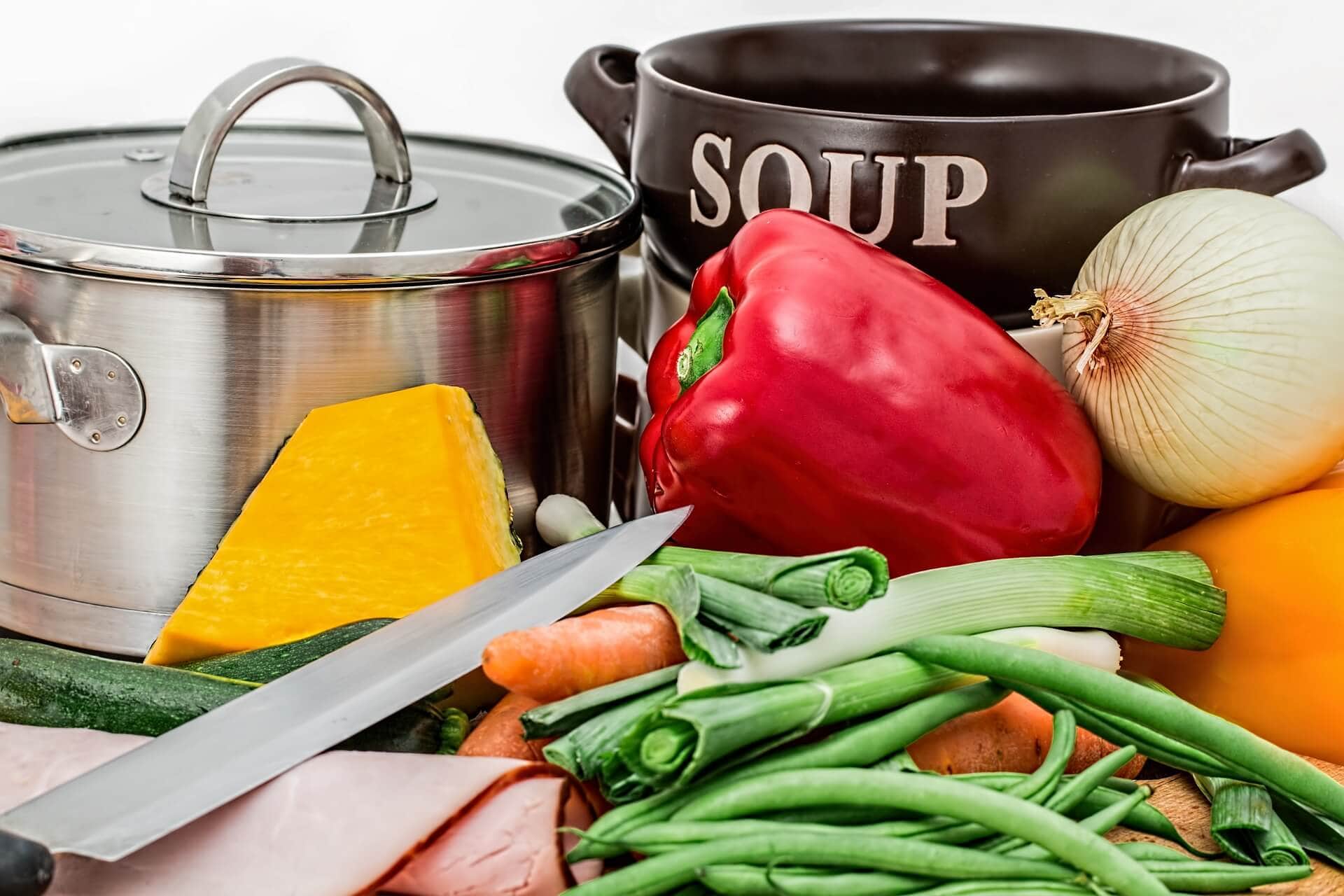
We have all been there—you get to the end of the week before you get to the end of your CSA produce. Consider freezing some of those vegetables to make soup later in the year or make soup now and freeze the soup. Make a big batch of roasted vegetables, and then the vegetables are ready to add to salads, stir fry, or soup.
Don’t waste anything
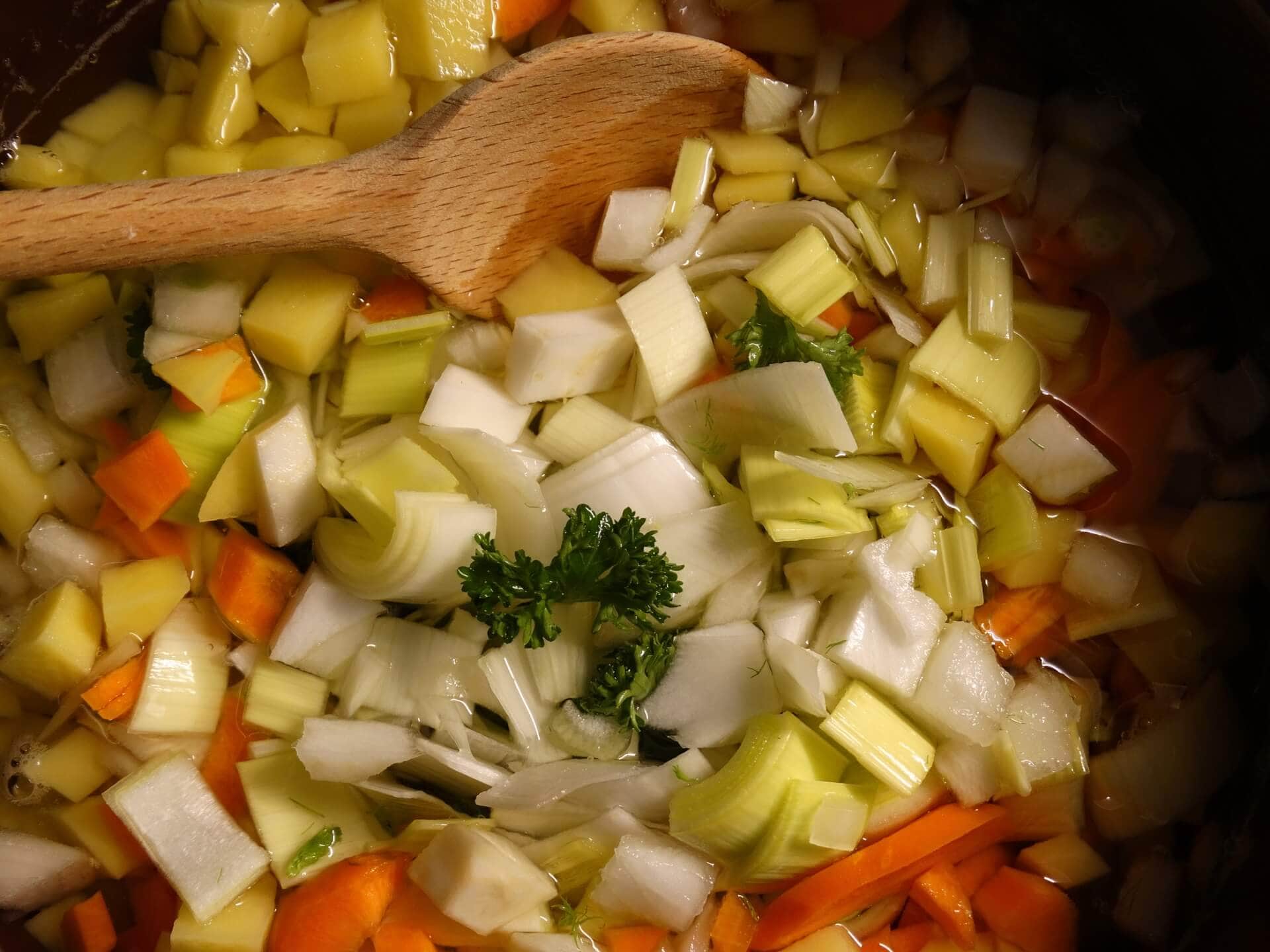
Save your trimmings to make vegetable broth. It’s easy to put everything in a pot, let it simmer for 45-60 minutes, strain the scraps out, and then you have very tasty broth. It will freeze easily or keep as is in the refrigerator for two weeks.
Conclusion
If you take these five steps, you can use everything in your CSA share each week. You will cook more at home and eat out fewer times, saving money and improving your health at the same time. Make it a game to use every item before you pick up the next share. If you routinely struggle with using all the produce, then see if getting a share every other week is an option or if there are smaller shares. It may be that you need to plan on freezing some items each week to keep the fresh vegetables fresh.
Check what you are getting and make a plan to use the most perishable items first. Line up some recipes for inspiration. Store your produce so that it stays fresh and appealing. Batch cooking is a favorite of mine: cook once and eat two or three times. Preserve any excess produce promptly. Delay means less than ideal flavor. Find creative ways to use bits and pieces to make your own broths and soups. You will be rewarded with fantastic flavor.
Set your mind to having fun with your CSA. Eating the CSA way takes you on a food adventure, introduces you to new vegetables, and has an impact far greater than you ever imagined could happen. Enjoy!
What criteria should you look for in a farm for your CSA?
Look for a farm that has an extended growing season and a diversity of crops. You want your local farm to help support you in your quest to expand what you eat and to eat more seasonally, so you want to be able to count on them.
When you are considering a Community Supported Agriculture program, look at how long the farm has provided CSAs to the community. A farm with 10 years’ experience or more has worked out most of the problems that can occur and will be able to provide you with a share every single week.
You want to check out how the farm grows. They should be transparent about growing methods; pesticide-free, chemical-free, organic, non-GMO, sustainable, conventional, IPM. Whatever way they grow, you should be able to find it out.
Look for how long the farm has been there. A farmer who has been growing for over 10 years has learned how to deal with the problems that crop up. A farmer that has been growing for over 20 years has learned how to make farming sustainable for the farm, the farmer, and the customer.
One of your best sources for finding a CSA program near you is to search on Local Harvest at https://www.localharvest.org/wilmington-de. At the top, put your location in the search bar and a variety of options will appear. You can explore the various options and see what is convenient to you.
By the way…
If you are in Philadelphia, PA, or Wilmington or Newark, DE, then you can pick up a CSA at one of our drop off locations or at the farm. We welcome you to check out our CSA program by visiting the farm or online here: https://highlandorchardsfarmmarket.com/csa/. If you are not near us, then I encourage you to find a farm in your community and to support your local farmer. Thank you for your interest and support of local sustainable agriculture!
Happy eating the CSA way!
~Ruth
About Ruth: I am the 6th generation of my family to farm here at Highland Orchards in Delaware. I grew up here, learning from my grandparents and parents how to plant, weed, harvest, and store fruits, vegetables, and flowers. My graduate degree is in history, so I love to research anything and everything. I have taught at all levels, including university and continuing education. I have done everything on the farm from planting to harvest to selling to social media. I love that I can share knowledge with people through books, blogs, and courses. For more information about our farm, please go to www.highlandorchardsfarmmarket.com.
Additional resources:
For in-depth questions about whether you should sign up for a CSA and how to find a CSA program that works for you, check out this blog at https://highlandorchardsfarmmarket.com/how-to-find-a-csa-that-works-for-you/
Executive Chef Alfredo Nogueira of Cure, Cane, and Table says, “If it grows together, it goes together.” Here are some tips from chefs in making the most of your CSA in this blog at https://www.foodnetwork.com/how-to/articles/how-to-use-up-everything-in-csa-box-according-to-chefs.
Here are some tips from a mother who moved from Instacart to a CSA membership as a way to reconnect with her food and how it was grown: http://www.learningmamahood.com/my-first-week-cooking-from-a-csa-box/. She includes recipes of all the different things that she made, too.
